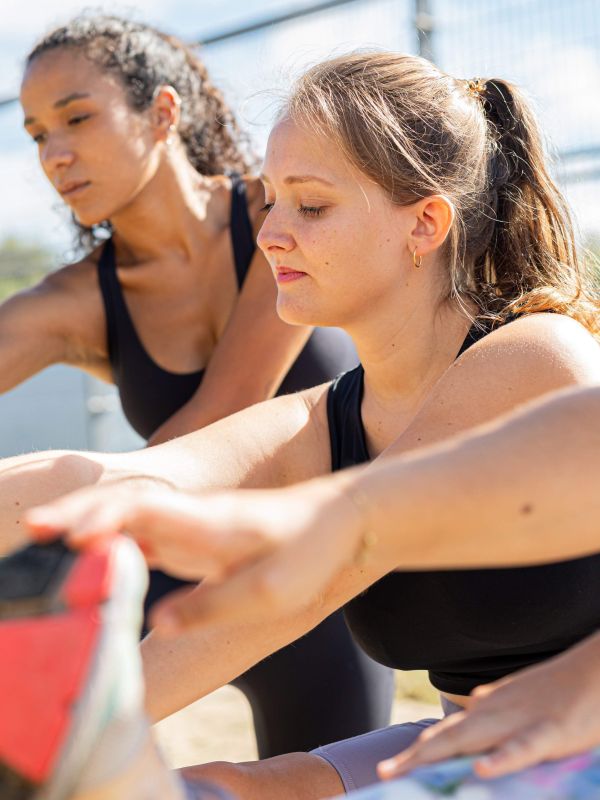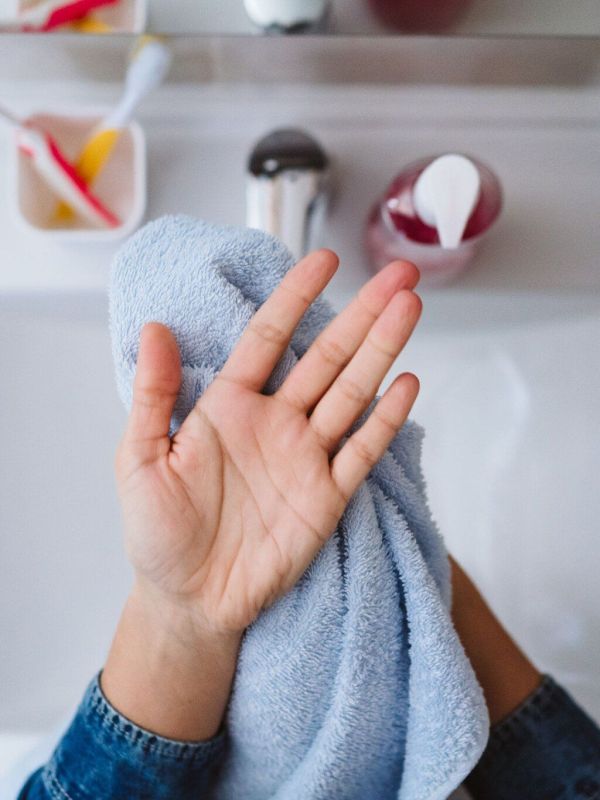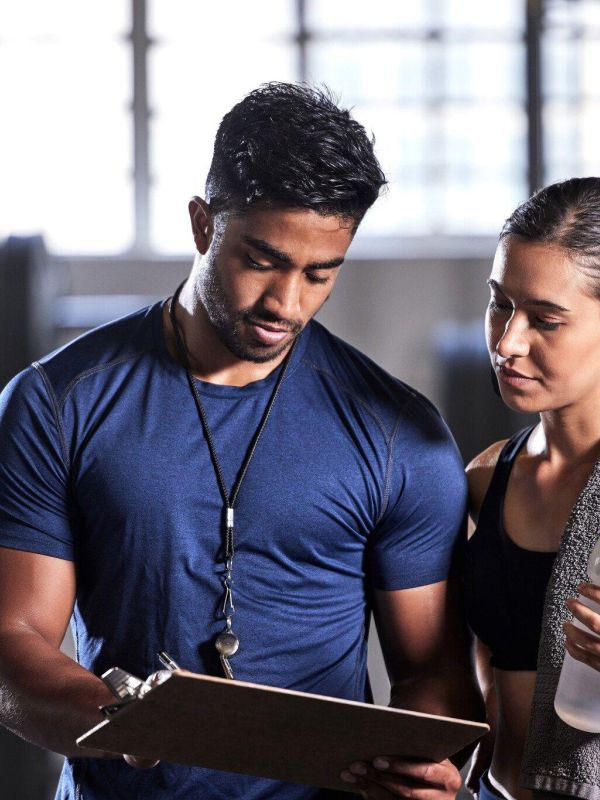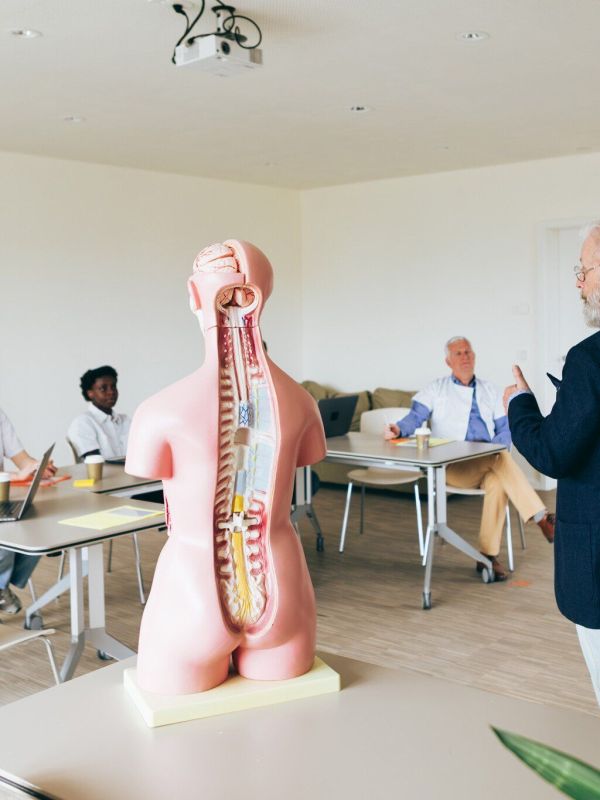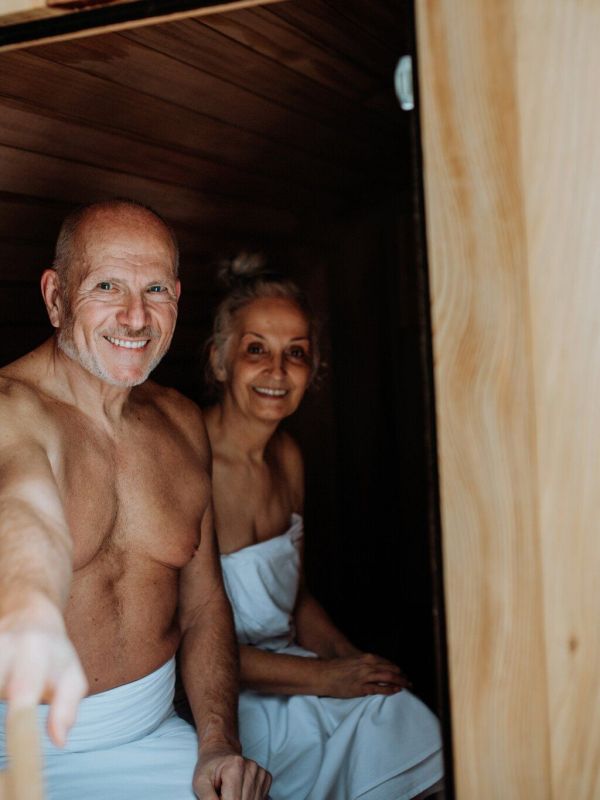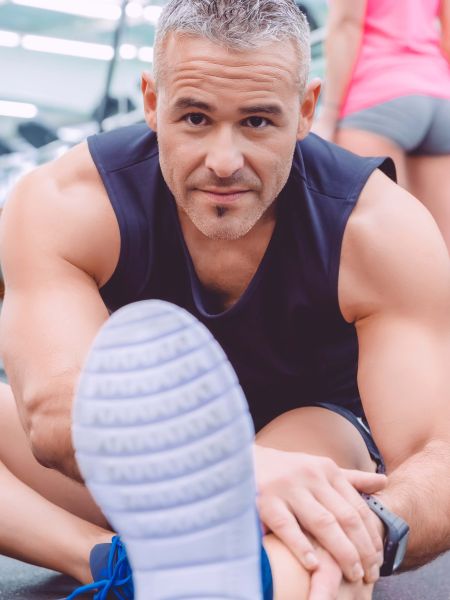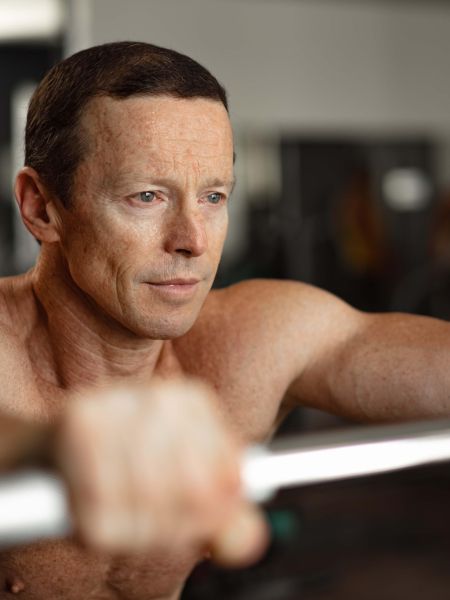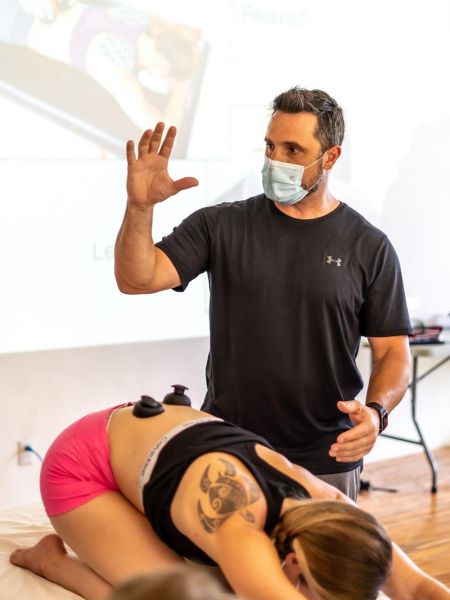Baseline guidelines for mobility & flexibility
Foundational Health Series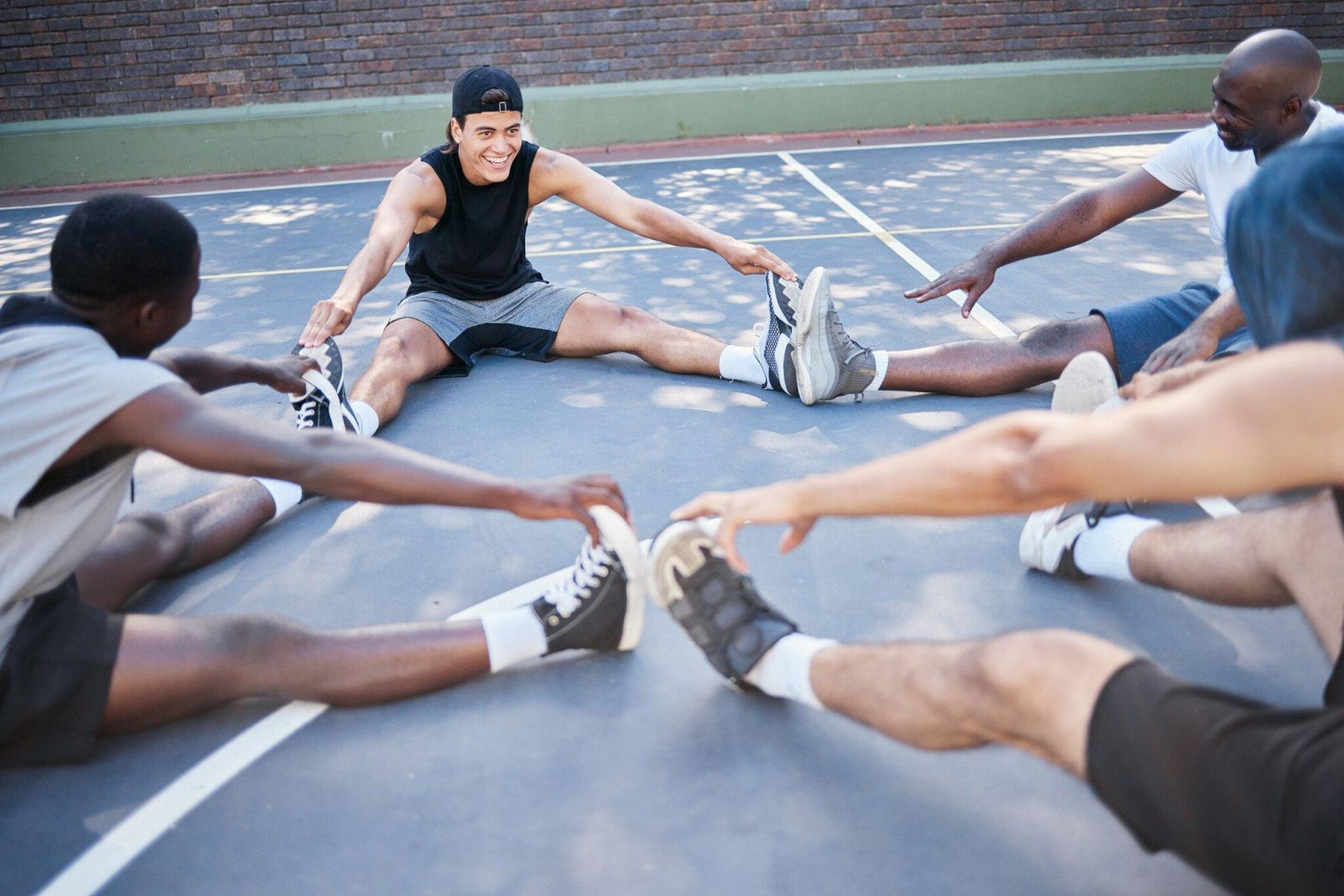
As I hit my mid-40s, mobility training for maintaining athletic performance and staying pain- and injury-free became incredibly important. Absent a mobility component to my training regimen, the areas of my body under the most stress (knees, shoulders, wrists, ankles, lower back) would be in deep trouble.
I remember the first time I experienced knee pain going down the stairs in my 30s. I tried run-of-the-mill physical therapy to improve my flexibility and strengthen my leg muscles, but the pain kept coming back.
That's when a family member put me onto @kneesovertoes, a mobility hub made popular on Instagram and YouTube.
It's remarkable how much my knee pain has subsided, on and off the playing field, as a result. I would have never dreamt of walking up the stairs pain-free while holding my kids before I added the mobility component to my regimen.
Mobility is like anything else: you work your way up and make incremental improvements over time. Your body is a machine that must be oiled and mobility training reminds you of that constantly. If I skip the routine too frequently, the joint pain creeps back in. You can't just leave an old hot rod in the driveway and expect it to purr.
Mobility is a refreshing and adventurous aspect of training that I believe everyone can benefit from. My generation grew up with an aggressive focus on limited "safe" range of motion while training. I bought into this thinking for years, but recent research and a growing consensus began pointing to a different methodology that challenges the conventional wisdom of safety. Pushing your joints and extremities to their outer range of motion limits with resistance, it turns out, is able to increase performance, mitigate injury, and significantly improve quality of life, especially in the aging Gen X and baby boomer demographics.
As with any addition to a training regimen, it's essential to ease into a mobility routine that feels right for you. Everybody's body is different and every coach brings another philosophy to the fore. Here are some of the leading mobility practitioners to follow on Instagram to inspire to you to get started:
Recommended Mobility Experts on Instagram
- Jay Rose @jay.rose.phase6
- James Moore @jamesmoorewellness
- Amir Zandinejad @beardthebestyoucanbe
- Dr. Kelly Starrett @thereadystate
- Dr. Branden Parker @bs.parker
- Vanja @vanja.moves
- Benjamin Sears @benjamin.sears
- Danny @handsdan
- Josh Fear @joshfearfit
- Markus Schreyer @markus.schreyer.performance
- Oded @ok_movement
- Rishane Oak @rishfits
- Ben Patrick @kneesovertoesguy
Flexibility & Stretching
Timing & Benefits
Workouts ultimately "damage" and tear your muscle fibers. It takes at least a few hours for your muscle fibers to reattach, and as the fibers begin to repair they typically connect more tightly and diagonally than pre-workout. Mobility and stretching routines condition the fibers to grow back more elongated and straight as opposed to tight and crooked.
Once you're middle-aged, stretching right after a workout is less useful since the muscle fibers haven't had enough time to begin repairing. Nighttime is a good strategic time to do stretching and light mobility training as the fibers have likely had time to begin repairing. Tight muscle fibers cause muscle imbalances in the joints, and lead to joint pain and excessive tightness. Overall, this increases the risk of injury and discomfort.
Incorporating regular mobility and flexibility training is essential as we get older. Don't skimp on this! Find a routine that you like, and get in 2-3 mobility and/or flexibility training sessions per week.
The Nighttime Stretching Routine
I've been doing a 3-5 minute routine each night over the past year before bed and can confidently say it's helped to reduce next day soreness, especially on the days I went hard at the gym or doing an activity. I expect this routine to evolve over the next few months. Here's what it looks like:
Routine Duration: 3-5 minutes
Frequency: Every night
List of Stretches/Movements:
-------------------
- Cat cow (2-3 total 5+ sec each rep)
- Plank lunge twist (one on each side, 5 seconds each)
- Upward dog (1 time, 10+ sec)
- Face down shoulders planted torso twist (1x each side, 10+ sec each)
- Ass-to-ground squat pose (roll back and forth on your ankles, 20+ seconds)
- Hip complex couch stretch (quad stretch) 15-60 seconds on each leg
- Hamstring stretch - pick anyone, do 10+ sec on each leg
- Stand against wall torso twist (1x on each side, hold stretch for 5+ seconds, same motion as the video)
-------------------
Since I started this short routine each night for the past year, I have felt less joint pain in my legs, knees, core, and lower back when I wake up. My particular routine works well for athletes who frequently and intensely turn or twist the torso playing tennis, golf, pickleball, softball, and baseball.
In a recent interview, David Goggins revealed that his pre-bed mobility routine is two hours (!) per night. It's the only way I can imagine him being able to get out of bed without being extremely achy, and then proceed to execute his high intensity workouts in the early mornings.
I rarely will stretch before playing sports nowadays, as I opt for a dynamic warm-up instead. I save the stretching and mobility routine for bedtime. Others claim that it helps you sleep and reduces stress. I personally haven't experienced significant improvements with sleep quality, but I am curious to see more discussion and research on this.
Try my routine for a few nights and let me know if you experience less joint pain or any other benefits.
Here are a few other night-time mobility routines that we have came across that may inspire you:
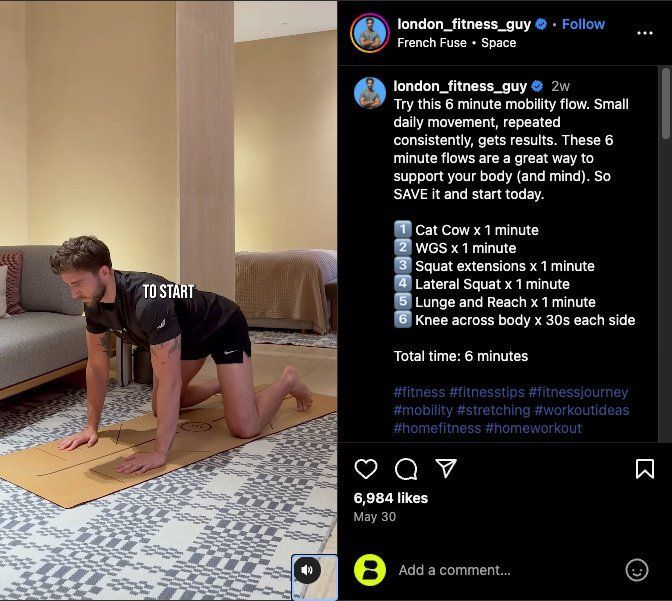
Watch IG Reel (@london_fitness_guy)
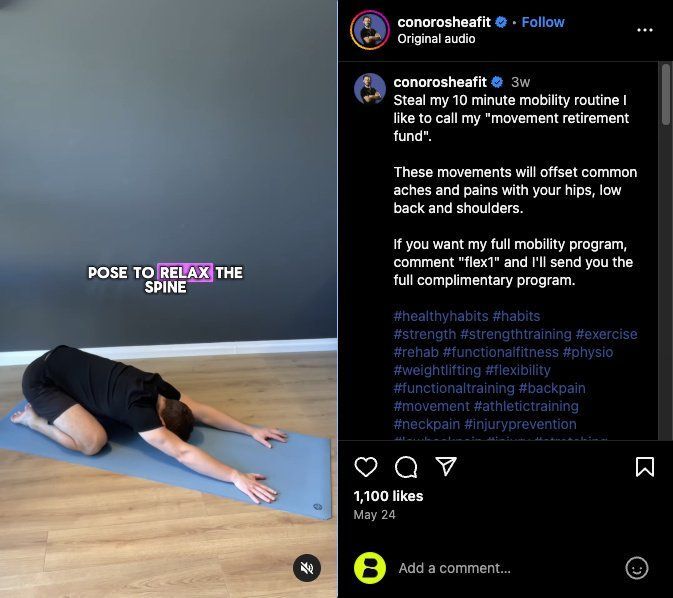
Watch Instagram Reel (ConorSheaFit)
Foundational Health - Basic Guidelines Series:

